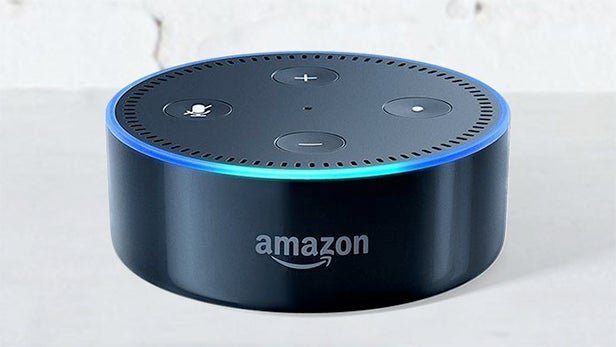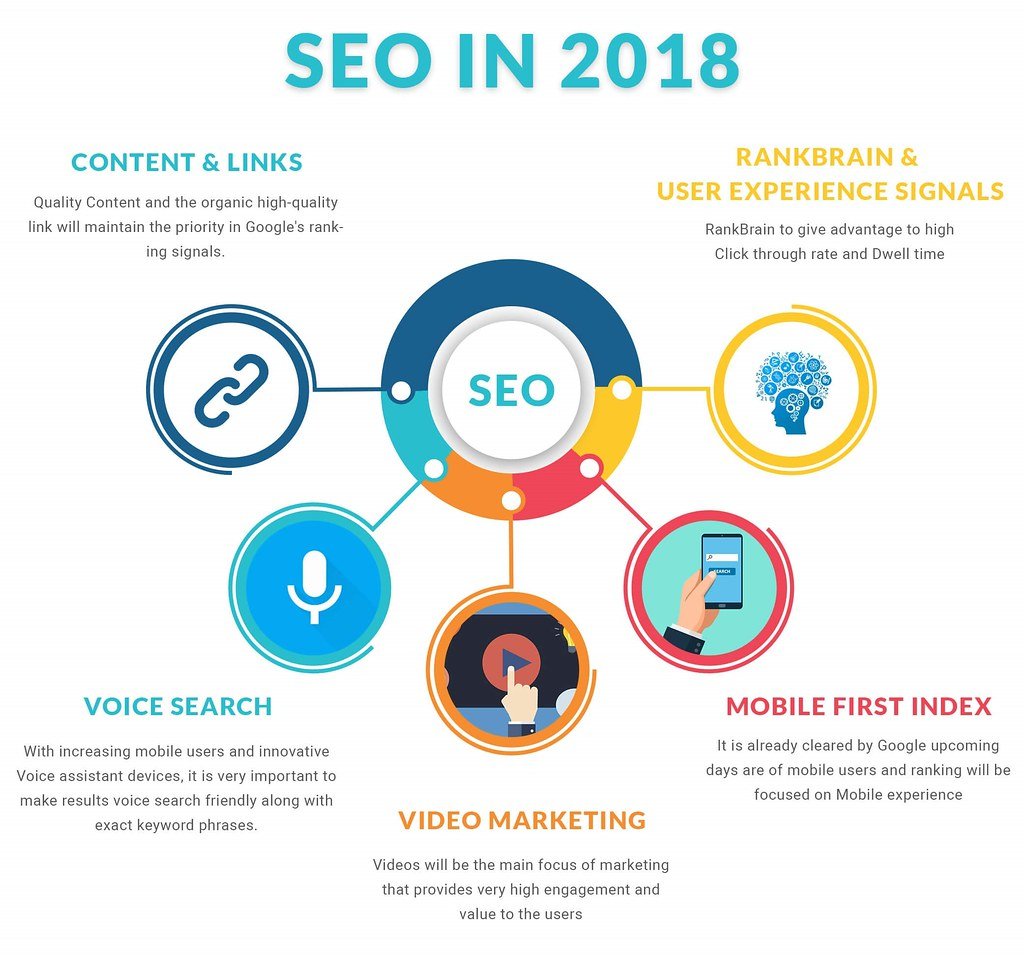In the ever-evolving realm of search engine optimization (SEO), a new contender has emerged – Voice SEO. With the rise of virtual assistants like Siri, Alexa, and Google Assistant, the way people search for information on the internet is rapidly shifting towards voice commands. This shift has sparked a clash of titans – Voice SEO versus Classic SEO. But fear not, as we unveil the power of these two distinctive approaches, we invite you to embark on a journey that will unlock a world of possibilities, revolutionizing the way websites are discovered, and forever transforming the digital landscape. Harnessing the untapped potential of voice technology, this article will delve deep into the realm of Voice SEO, comparing it with its revered predecessor, Classic SEO, and uncovering the secrets to amplifying your online presence in the era of vocal exploration. So, brace yourselves, for today, we unleash the power of Voice SEO versus Classic SEO.
Table of Contents
- 1. The Rise of Voice SEO: How Conversational AI is Revolutionizing Search Optimization
- 2. Embracing Conversation: Understanding the Nuances of Voice-Activated Devices for Optimal SEO
- 3. Optimizing User Experience: Crafting Content Strategies to Leverage Voice Search Queries
- 4. Unleashing the Power of Voice SEO: Key Recommendations to Stay Ahead in the Voice-First Era
- Q&A
- To Conclude

1. The Rise of Voice SEO: How Conversational AI is Revolutionizing Search Optimization
In today’s digital age, voice search and the use of conversational AI are becoming increasingly popular. As more people turn to voice assistants like Amazon’s Alexa, Apple’s Siri, and Google Assistant to perform searches, it has become evident that optimizing websites for voice search is crucial for businesses to stay relevant and competitive. This has given rise to a new field of search engine optimization (SEO) known as Voice SEO.
So, how does Voice SEO differ from classic SEO? Let’s dive into the key differences:
- Keyword Length: In traditional SEO, short and concise keywords are highly valued to match users’ search queries. However, in Voice SEO, long-tail keywords and conversational phrases dominate. People tend to ask their voice assistants complete questions or engage in more natural conversations, resulting in a shift towards longer, more descriptive search queries.
- Search Intent: Classic SEO focuses on understanding and matching search intent by optimizing webpages with relevant content. Voice SEO takes it a step further by understanding and addressing the specific needs of users’ queries. It anticipates conversational context and provides direct, concise answers, making it essential to create content that directly addresses the questions users are likely to ask.
- Featured Snippets: The coveted position zero in search engine results pages (SERPs) is even more crucial in Voice SEO. When users ask voice assistants a question, they usually receive a single spoken answer. Being featured as the source of that answer increases your visibility and credibility, driving more traffic to your website.

2. Embracing Conversation: Understanding the Nuances of Voice-Activated Devices for Optimal SEO
When it comes to optimizing your website for search engines, it’s crucial to stay ahead of the game and understand the nuances of voice-activated devices. Voice SEO and classic SEO may seem similar, but they have distinct differences that can greatly impact your website’s performance. In this post, we will delve into the world of voice-activated devices and explore how embracing conversation can unleash the power of your SEO strategy.
1. Keywords: While classic SEO focuses on optimizing keywords for written content, voice SEO requires understanding how people speak. Long-tail keywords that mimic natural language are more effective for voice search results.
2. User Intent: Voice-activated devices are designed to deliver quick and relevant answers to user queries. Understanding the user’s intent behind a voice search is crucial to developing content that aligns with their needs.
3. Structured Data: Voice-activated devices rely on structured data to provide accurate information. Adding structured data markup to your website helps search engines understand your content and increases the chances of appearing in voice search results.
4. Featured Snippets: Voice-activated devices often provide spoken answers from featured snippets. Optimizing your content to be concise, informative, and easy to understand increases the likelihood of being featured as a spoken response.
5. Mobile Optimization: Voice searches are predominantly performed on mobile devices. Ensuring your website is mobile-friendly and loads quickly is essential for a positive user experience and improved voice search rankings.

3. Optimizing User Experience: Crafting Content Strategies to Leverage Voice Search Queries
Voice SEO and Classic SEO: Unleashing the Power
In this section, we will delve into the exciting world of optimizing user experience by leveraging voice search queries. With the surge in voice-enabled devices like smartphones, smart speakers, and virtual assistants, it’s crucial for businesses to adapt their content strategies to meet the demands of this evolving landscape.
1. Understand the Differences:
– Voice SEO: Voice search queries tend to be longer and conversational compared to traditional text-based searches. It’s essential to optimize content using natural language and long-tail keywords.
– Classic SEO: Classic SEO focuses on optimizing content for short keywords and phrases. It involves using meta tags, headings, and relevant keywords to enhance search engine rankings.
2. Harness the Power of Intent:
– Voice SEO: Voice searches often reflect user intent, aiming to answer questions or perform specific actions. Crafting content that addresses these intents directly will boost visibility and engagement.
– Classic SEO: Classic SEO primarily focuses on keyword matching, disregarding user intent. While it’s important for search engines, it may fail to provide the desired user experience.
By crafting a content strategy that combines the strengths of both voice and classic SEO, businesses can unlock the true power of optimizing user experience. Embracing natural language, long-tail keywords, and user intent will not only improve search rankings but also enhance engagement and drive conversions. Stay tuned for the upcoming sections where we’ll explore practical tips and strategies to get you started on this exciting journey!
4. Unleashing the Power of Voice SEO: Key Recommendations to Stay Ahead in the Voice-First Era
When it comes to search engine optimization (SEO), most of us have become familiar with its classic form – optimizing websites to rank higher on search engine results pages. However, with the rapid rise of voice assistants like Siri and Alexa, a new era of SEO has emerged – Voice SEO. In this post, we’ll explore the key recommendations to help you stay ahead in this voice-first era, and highlight the differences between voice SEO and classic SEO.
1. Understand the Differences
With classic SEO, the focus is on optimizing your website’s content and structure for keywords and phrases. However, voice SEO requires a different approach, as it involves understanding natural language and user intent. To stay ahead, analyze the specific voice queries your target audience might use and create content that aligns with these conversational search patterns.
2. Optimize for Featured Snippets
Voice assistants often rely on featured snippets to provide quick answers to user queries. To maximize your chances of being featured, create concise and informative content that directly answers common questions related to your industry or niche. Structure your content in a way that makes it easy for search engines to extract the most relevant information for voice search results.
Q&A
Q: What exactly is Voice SEO? How does it differ from Classic SEO?
A: Voice SEO, also known as Voice Search Optimization, is a cutting-edge approach to optimizing online content for voice-based search queries. It focuses on tailoring digital content to cater specifically to the needs and speech patterns of users performing voice searches using voice assistants like Siri, Alexa, or Google Assistant. Unlike Classic SEO, which mainly focuses on written queries, Voice SEO aims to enhance search visibility for voice-based responses, adapting to the evolving preferences of modern users.
Q: Why is Voice SEO gaining popularity in the digital landscape?
A: Voice SEO is gaining momentum due to the rapid integration of voice assistants into our daily lives. People are increasingly relying on voice search to find information, make inquiries, and even make purchases. This shift in user behavior has compelled businesses and content creators to optimize their online assets for voice-based queries, ensuring that their content remains accessible and competitive in the voice-driven digital era.
Q: How does Voice SEO impact website rankings and search results?
A: Voice SEO has a profound impact on website rankings and search results. Unlike Classic SEO, where search engine results pages (SERPs) display a long list of text-based options, voice searches predominantly provide only one answer or a shortlist of top results. Thus, focusing on Voice SEO becomes crucial for businesses to secure the highly coveted position zero, also known as the featured snippet, which is commonly read out loud by voice assistants, significantly increasing visibility and driving organic traffic to a website.
Q: Is Classic SEO obsolete now that Voice SEO is gaining prominence?
A: While Voice SEO is indisputably gaining prominence, it is important to note that Classic SEO is far from obsolete. Voice search is merely an additional layer of optimization that complements Classic SEO strategies. Classic SEO techniques, such as keyword research, high-quality content creation, link building, and website optimization, continue to be fundamental pillars for success in the digital landscape. Integrating both Voice SEO and Classic SEO techniques provides a well-rounded approach that maximizes online visibility and potential reach.
Q: What are some effective Voice SEO strategies that businesses can implement?
A: To excel in Voice SEO, businesses can implement several strategies. Firstly, adopting a conversational tone in content creation helps match the natural language patterns used in voice queries. Secondly, focusing on long-tail keywords that reflect the way people ask questions verbally can improve search rankings. Additionally, optimizing for local intent by including location-specific information in content helps target voice searches related to nearby businesses. Finally, ensuring fast website loading times and mobile responsiveness are essential as voice searches are predominantly conducted on mobile devices.
Q: What should businesses consider when optimizing for both Voice SEO and Classic SEO simultaneously?
A: Businesses should aim for a balanced approach that prioritizes user experience. While Voice SEO requires content that is easily understood and concise, Classic SEO demands in-depth and comprehensive information. Striking a balance between these two approaches is key to obtaining favorable search rankings and delivering a positive user experience. Understanding the target audience, their preferences, and behavior is crucial for effective optimization across both realms.
Q: Can you provide a few real-life examples of Voice SEO and Classic SEO coexisting successfully?
A: Certainly! Companies like Spotify have embraced a combined Voice SEO and Classic SEO strategy by optimizing their content for both voice queries and traditional text-based searches. They have created voice-activated apps that allow users to find and play songs using voice commands. Similarly, recipe websites like Allrecipes cater to voice queries by providing concise step-by-step instructions while still optimizing their content for traditional keyword searches, to accommodate various user preferences.
Q: What does the future hold for Voice SEO and Classic SEO in the ever-evolving digital landscape?
A: The future of Voice SEO and Classic SEO lies in their harmonious coexistence. As technology continues to advance, more sophisticated voice assistants and search algorithms will emerge, necessitating further enhancements in Voice SEO strategies. However, Classic SEO will continue to play a vital role in catering to text-based search queries. The true power lies in businesses’ ability to adapt and integrate both Voice SEO and Classic SEO, embracing the evolving needs and preferences of users, in order to stay ahead in the ever-changing digital landscape.
To Conclude
In the bewildering labyrinth of the digital realm, the battle for online supremacy is fought with ever-evolving weaponry. As technology advances, a new contender emerges on the scene: Voice SEO. This rising star challenges the incumbent champion, Classic SEO, with its ability to tap into the human voice and revolutionize the way we interact with search engines.
In this article, we delved deep into the war zone, comparing the strengths and weaknesses of these two SEO powerhouses. Classic SEO, the seasoned veteran, proved its mettle by dominating the written word, manipulating algorithms with cunningly crafted keywords. But there’s a new sheriff in town, and Voice SEO is armed with the power of speech.
The thrill of Voice SEO lies in its ability to converse human-like with search engines, bridging the gap between user and technology. No longer are we mere spectators in the search battle – we become active participants, voicing our queries, and receiving tailored responses.
But does this uprising signal the demise of Classic SEO? Not quite. Classic SEO may be down, but it is far from out. Its realm encompasses the vast expanse of textual content and optimization, remaining an essential tool for online marketers and content creators alike.
As we reflect on this clash of titans, we find that harmony lies in a blended approach. Both Voice SEO and Classic SEO can coexist, intertwining their strengths to create an unrivaled force, enhancing visibility, and improving user experiences. This hybrid strategy, fueled by the combined power of voice and the written word, provides the ultimate optimization formula.
In conclusion, the battleground of SEO sees two contenders vying for the crown. The rising star of Voice SEO demonstrates its capability to change the game, while Classic SEO showcases its proven strategies. Standing on the precipice of a digital revolution, we must embrace the power of both, leveraging their distinct advantages to unleash a force that dominates search engine landscapes, engages audiences, and shapes the future of online discovery. Let us seize this opportunity, for the power is within our reach.

